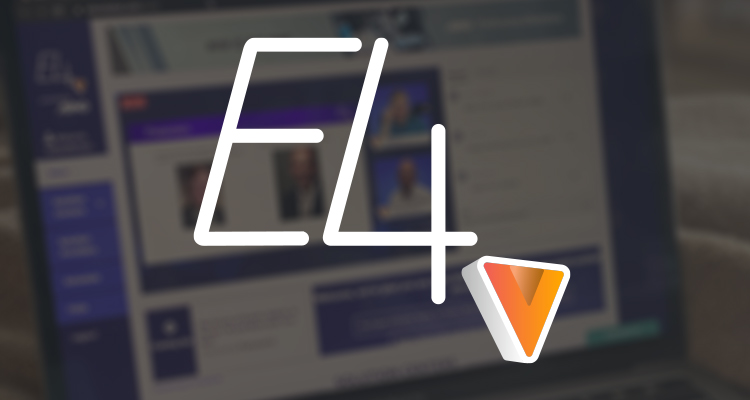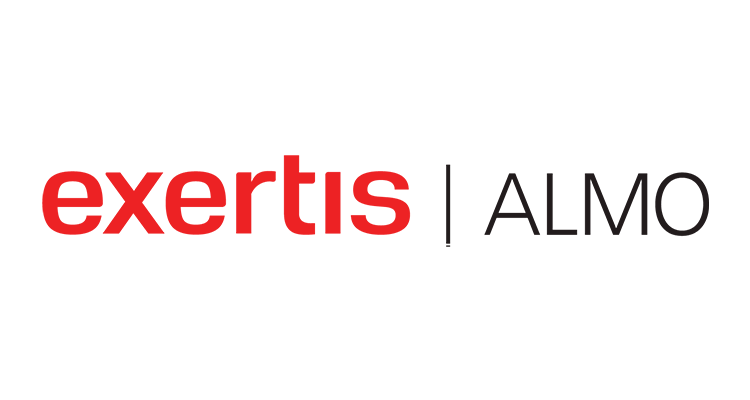E4v in the Rearview Mirror — The Future of Events and Meetings

The Almo Pro A/V Fall E4v was my first E4 as an Almo employee. I had the privilege of co-presenting with Donald Guzauckas of HB Live on “The Future of Events.” We touched on everything from corporate meetings to larger live events. We all know things are and will be different but what have we learned and what needs to change?
AV is an “experience.” Think back pre-COVID to your experiences as a remote participant on almost any meeting or event. Did you feel like you were actually a part of the meeting? You couldn’t hear everyone in the room; you couldn’t read the shared content. In fact, the audio was typically downright awful. (A drive-thru intercom provided better intelligibility most times.) And that 360-degree tracking camera? It gave you vertigo as it bounced around during the pre-meeting chatter. The content that looked fine on the big screen in the room was tiny on your laptop. Why were you even there? You tried to contribute but the latency made you, well, late.
Enter COVID. Now we’re all using personal conferencing — and the experience is better by orders of magnitude. Why? You’re using a mic and camera built into your device. You’re relatively close to both of those transducers, so you’re heard and seen. Some even use a headset and some (like me) go all out and use a broadcast mic on a studio boom, plus a separate camera as well as key, fill and back lighting. Someone shares content — and since they’re reading it on a similar size device as yours, you can actually collaborate.
Isn’t that the heart of what we want to do? Collaborate? If there are barriers to communication, our efforts to contribute, coordinate and collaborate are hindered and we are missing out on doing our best as a team.
As we transition into hybrid meetings where some are in the conference room and some are remote, let’s not forget the remotes. This will be even more challenging as people in the conference room are distanced and situated ever further from the mic pods and room cameras.
Here are some things to consider:
- Dante-enabled boundary table mics can take advantage of a network connection that’s probably already at the table. That’s certainly easier than trying to find a way to run multiple analog cables from the conference table back to the rack. Further, as much as I like to have as short a distance from mic to source as possible, I know that’s not always an option. So if table mics aren’t possible, there are a number of ceiling array mics now and even better ones that will be available soon.
- Now that everyone is used to conferencing on their device, it only makes sense to let them bring in their device (BYOD — Bring Your Own Device) and let them use whatever conferencing platform they favor (BYOM — Bring Your Own Meeting). There are solutions that let them plug in, even wirelessly, and using their device, they can now incorporate the audio and videoconferencing equipment that’s already in place for the larger meeting.
- Get closer to the camera. This might be easier with fewer participants. We’ve all been on calls with that one person in the conference room that’s sitting in the seat farthest away. Not exactly personal, is it?
- Do not forget about the acoustics. Unfortunately, this is usually the last thing anyone considers. Find a way to soften up the room. While I know this isn’t the absolute best way to “fix” a room, some manufacturers offer pre-packaged room kits that can make a big improvement on how you sound to everyone else on the call.
As someone pointed out a few days ago, there has been some benefit in all of this — it has allowed us to interact a little closer with people that we probably wouldn’t have before. It’s been incredibly easy to jump on a video call, even for a couple of minutes. As one that has changed companies this year, I’ve appreciated that.





